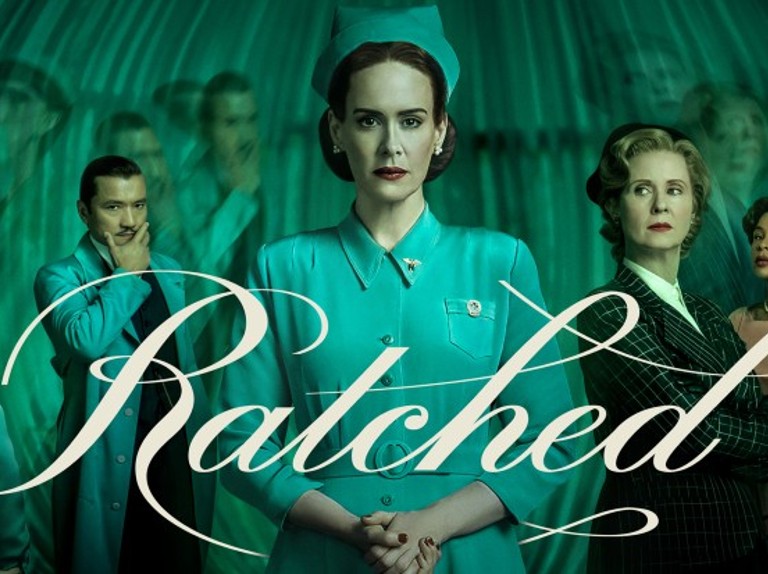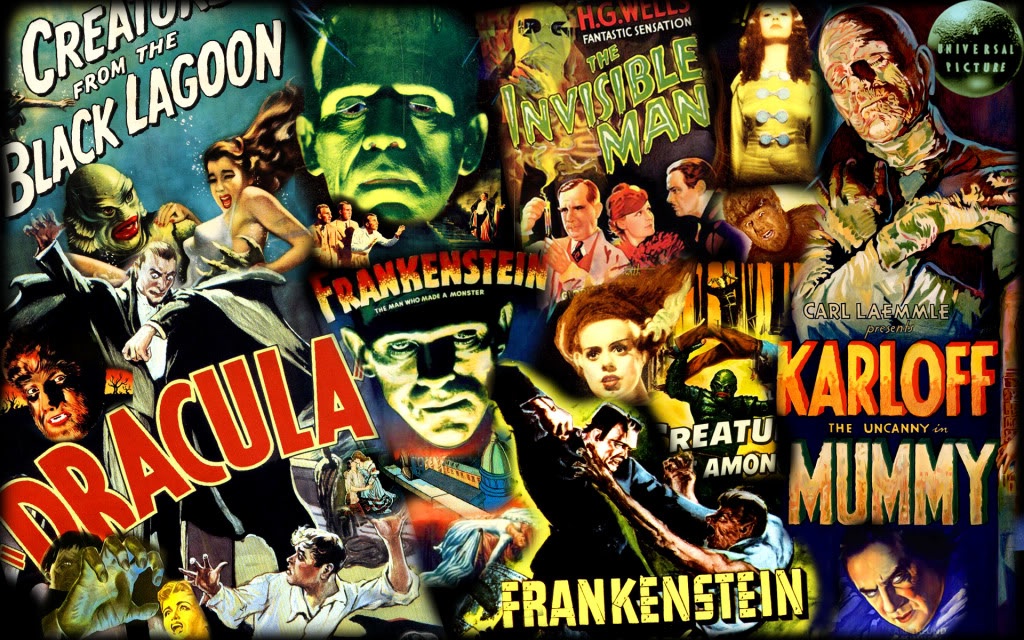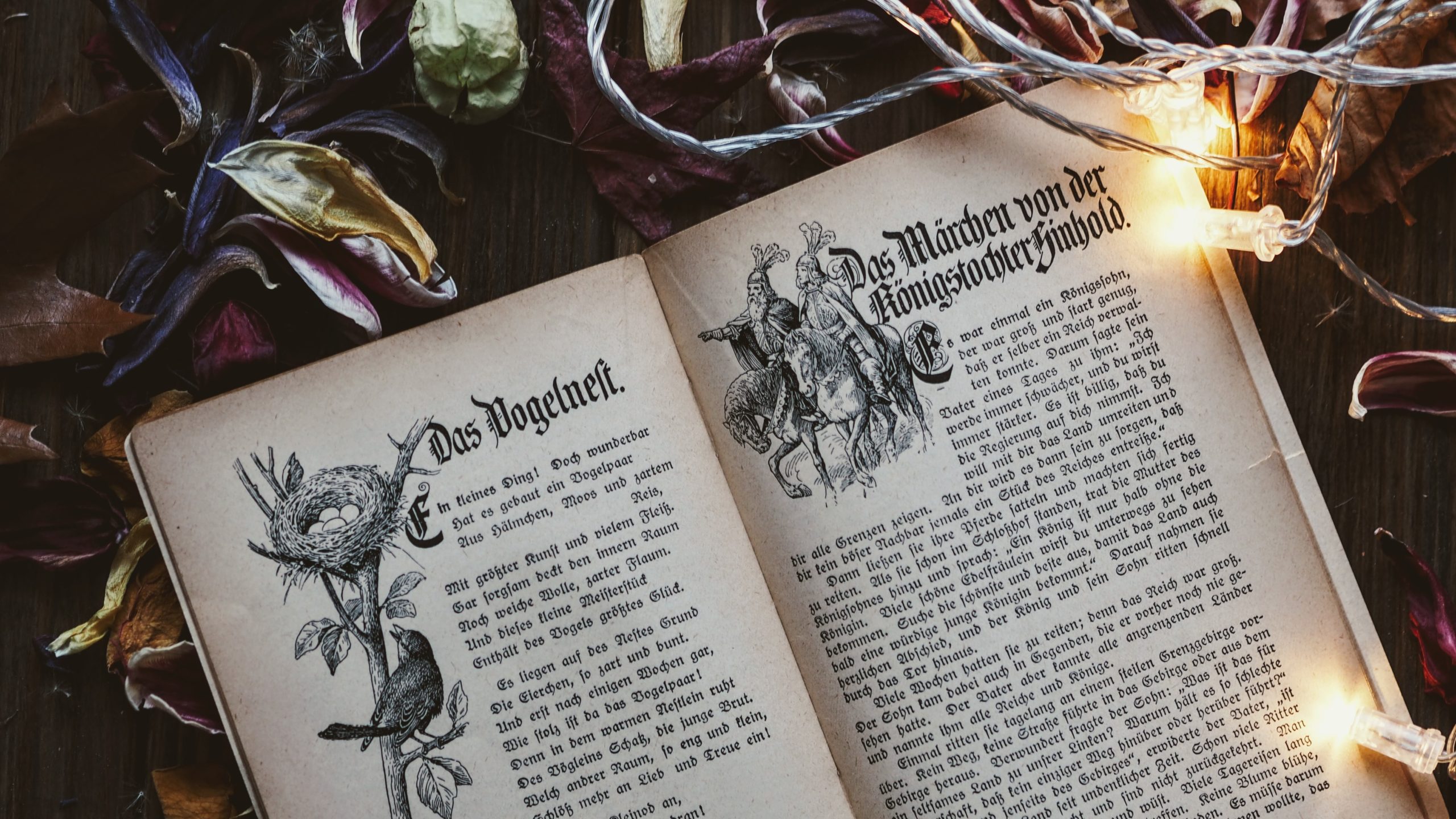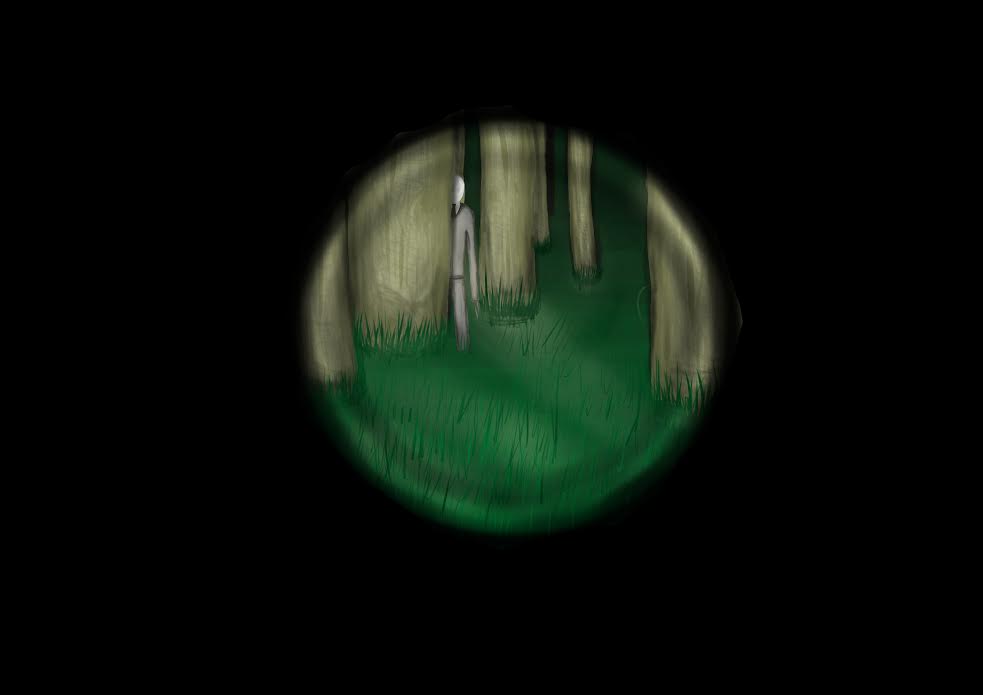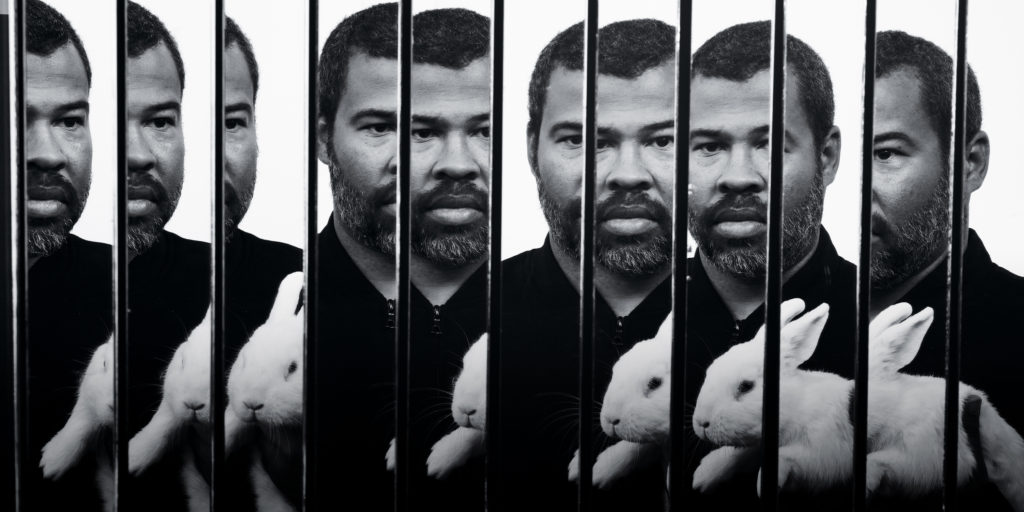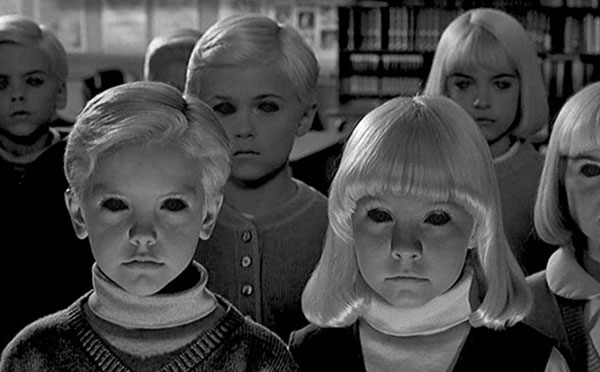Art Series: Reflecting on the “Gothic” Genre
It seems a fascination with the uncanny, skin-crawling sensations of the gothic narrative has led to this genre’s continuation and success throughout the centuries. First… Read More »Art Series: Reflecting on the “Gothic” Genre
